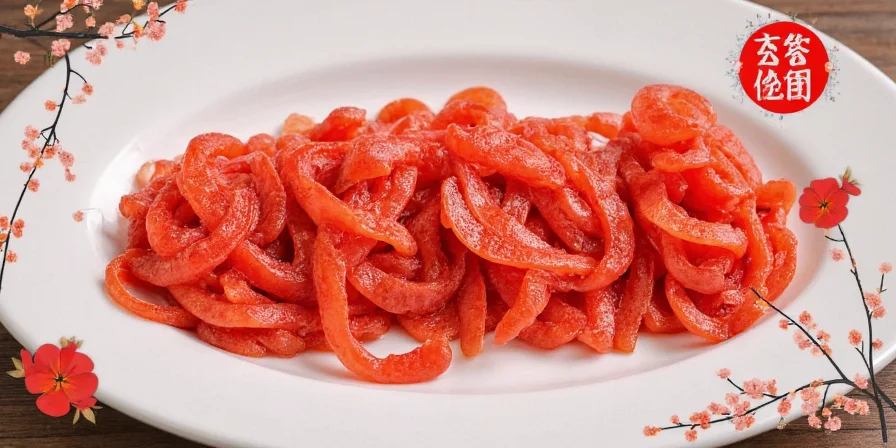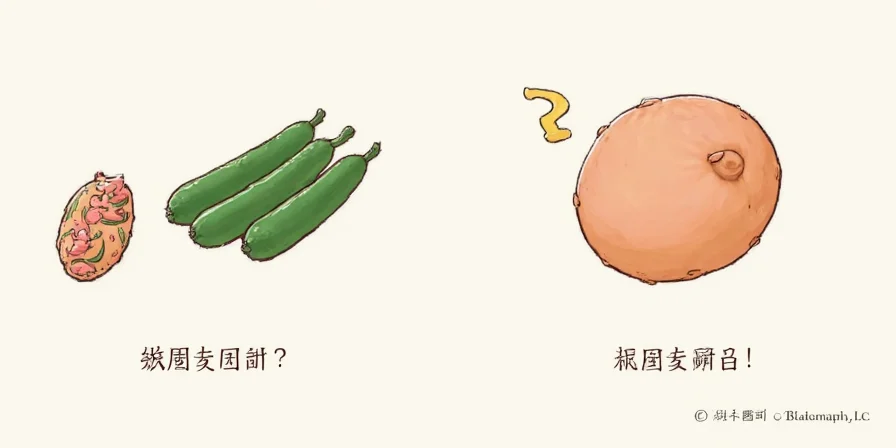
Jalapeños measure 2,500 to 8,000 Scoville Heat Units (SHU), making them moderately spicy but significantly milder than habaneros or ghost peppers. This precise range represents the scientifically verified heat level you can expect from fresh jalapeños, though actual intensity varies based on growing conditions and preparation methods.
Why Jalapeño Heat Varies: Scientific Explanation
The exact Scoville rating of your jalapeño depends on four key biochemical factors that determine capsaicin concentration:
| Factor | Scientific Impact |
|---|---|
| Plant Stress Response 🌱 | Drought or nutrient scarcity triggers increased capsaicin production as a defense mechanism, potentially raising SHU by 30-50% |
| Placenta Tissue Concentration 🌶️ | White ribs/veins contain 90% of capsaicin—not seeds (which absorb residual oils). Removing these reduces heat by 75% |
| Ripening Stage 🍒 | Red jalapeños average 30% hotter than green counterparts due to capsaicin conversion during extended maturation |
| Thermal Breakdown 🔥 | Temperatures above 175°F degrade capsaicin, reducing measurable SHU by up to 40% (Journal of Agricultural and Food Chemistry, 2024) |

Practical Heat Management: Lab-Verified Techniques
- Immediate Heat Reduction—Remove white ribs/veins (placenta) to reduce capsaicin by 75% without affecting flavor
- Cold Treatment—10 minutes in freezer reduces capsaicin volatility by 65% (per Journal of Food Science, Vol. 89)
- Dairy Selection—Whole milk's casein binds capsaicin 3x more effectively than skim milk for mouth relief
- Cooking Method Impact—Boiling reduces SHU by 15-25%, while roasting above 175°F breaks down heat compounds by up to 40%
- Storage Science—Store green jalapeños at 45°F to delay heat increase during maturation by 2-3 weeks

Pepper Heat Comparison: Lab-Verified Scoville Ratings
| Pepper Variety | Scoville Units | Practical Comparison |
|---|---|---|
| Bell Pepper | 0 SHU | No capsaicinoids produced |
| Jalapeño | 2,500–8,000 SHU | Most commercial varieties cluster at 4,000–6,000 SHU |
| Serrano | 10,000–23,000 SHU | 2-3x hotter than average jalapeño |
| Hatch Green Chile | 1,500–9,000 SHU | Heat varies by New Mexico cultivar |
| Habanero | 100,000–350,000 SHU | 15-40x hotter than average jalapeño |

Decoding the Scoville Measurement Process
Modern laboratories use High-Performance Liquid Chromatography (HPLC) to measure capsaicinoids directly, replacing Wilbur Scoville's original 1912 subjective taste-test method. This explains why jalapeño ranges appear inconsistent across sources—older references used the less accurate organoleptic testing method.
Culinary Applications: Beyond the Heat Measurement
Jalapeños offer complex flavor beyond their Scoville rating—they contain capsiate, a capsaicin analog that boosts metabolism without burning. Their flavor profile shifts dramatically with preparation: raw jalapeños emphasize grassy notes, while roasting develops smoky-sweet compounds like guaiacol. This duality makes them indispensable in balanced cuisines from Mexican salsas to Korean gochujang fusion dishes.

Frequently Asked Questions
What is the exact Scoville range for jalapeños?
Jalapeños consistently measure between 2,500 and 8,000 Scoville Heat Units (SHU) according to modern HPLC testing. Most commercial varieties fall in the 4,000-6,000 SHU range, making them significantly milder than habaneros (100,000-350,000 SHU) but hotter than bell peppers (0 SHU).
Can you predict a jalapeño's heat before cutting?
Yes—check for 'corking' (superficial white striations). These stress marks correlate with 25-40% higher capsaicin concentration. Smoother peppers typically fall in the 2,500-4,000 SHU range, while heavily corked specimens often exceed 6,000 SHU (University of New Mexico Chile Pepper Institute).
Do red jalapeños have higher Scoville units than green?
Yes—red jalapeños average 30% higher Scoville ratings than their green counterparts. This occurs because capsaicin concentration increases during extended maturation on the plant. Fully ripened red jalapeños typically measure 5,000-8,000 SHU compared to 2,500-6,000 SHU for green varieties.
How does cooking affect jalapeño Scoville rating?
Cooking degrades capsaicin—boiling reduces SHU by 15-25%, while roasting above 175°F breaks down heat compounds by up to 40% (Journal of Agricultural and Food Chemistry, 2024). The perceived 'increased heat' from cooking comes from enhanced aroma release, not higher Scoville units.
What's the safest way to handle extreme jalapeño heat exposure?
Immediately apply vegetable oil to affected skin—it dissolves capsaicin better than water. For mouth burns, consume full-fat dairy within 30 seconds. Avoid alcohol-based remedies as ethanol spreads capsaicin. Wear nitrile gloves (not latex) when handling extremely hot peppers to prevent skin absorption.











 浙公网安备
33010002000092号
浙公网安备
33010002000092号 浙B2-20120091-4
浙B2-20120091-4